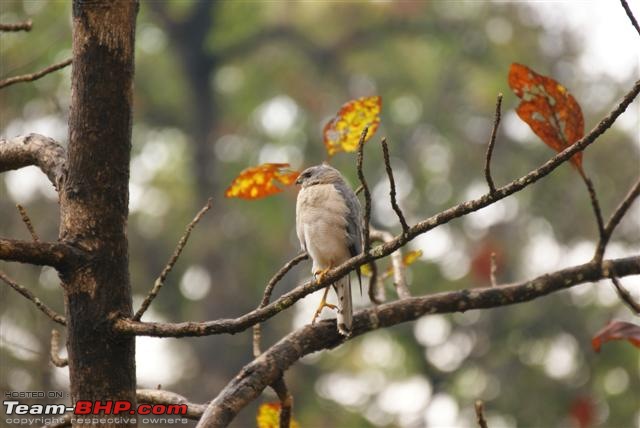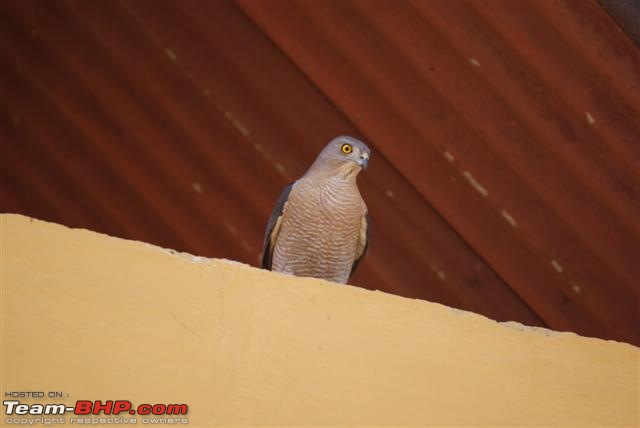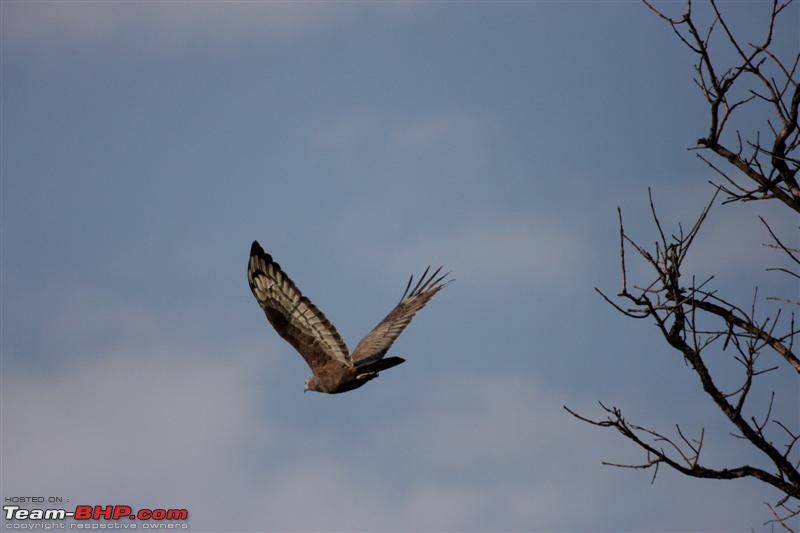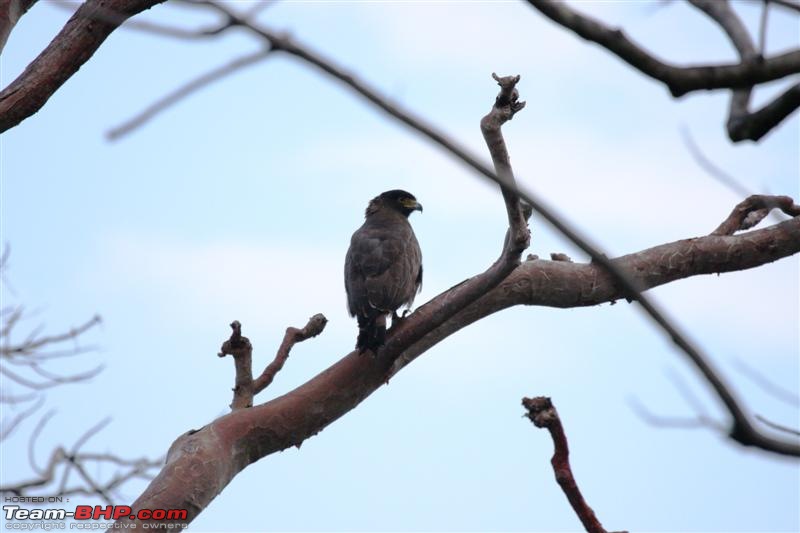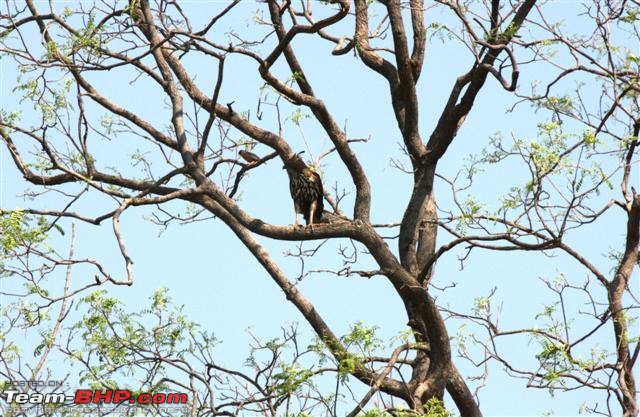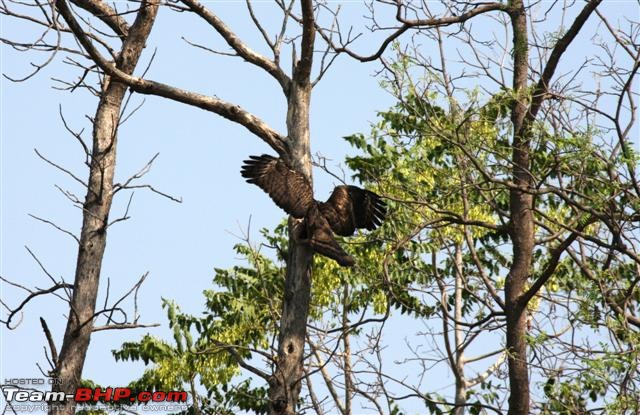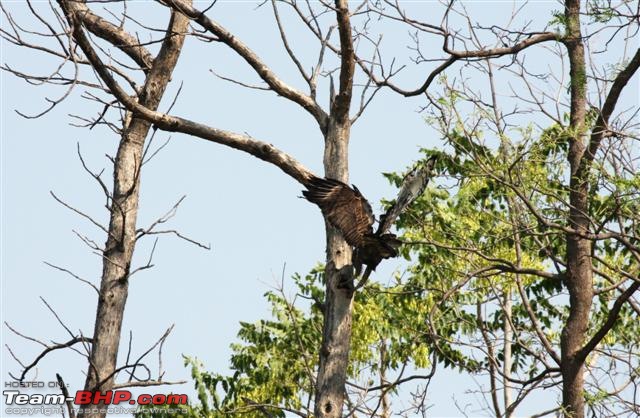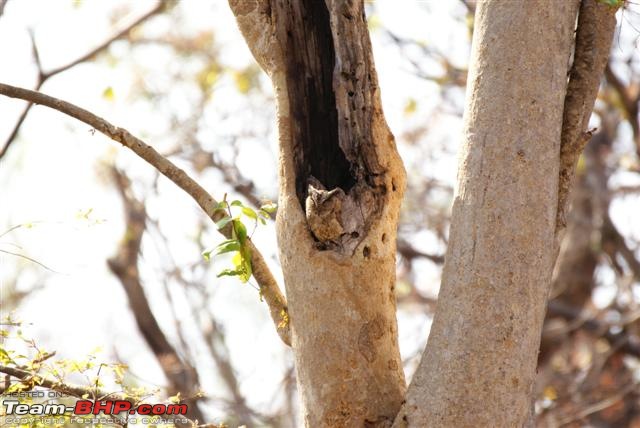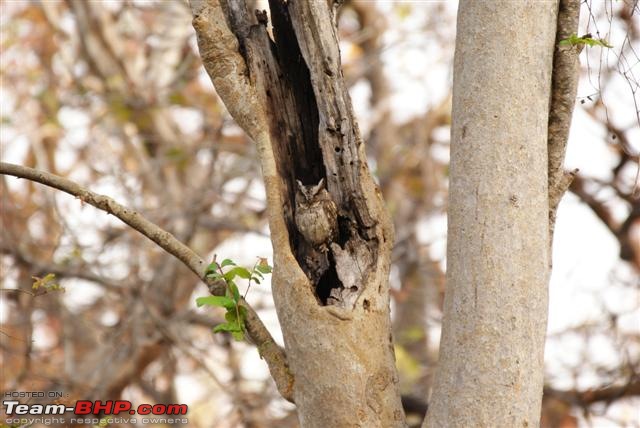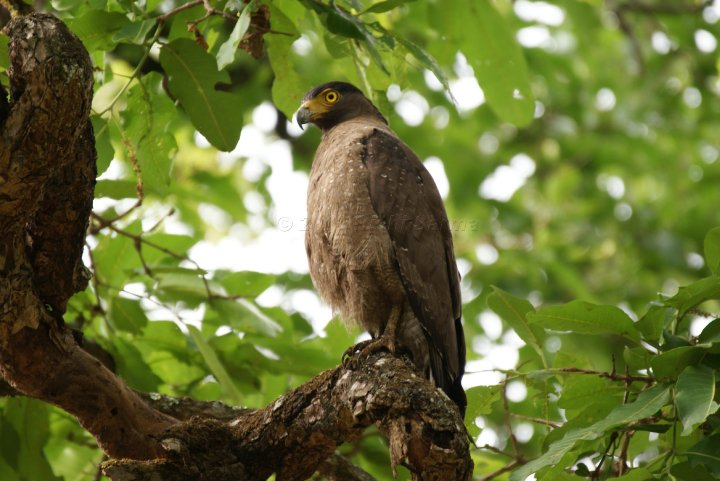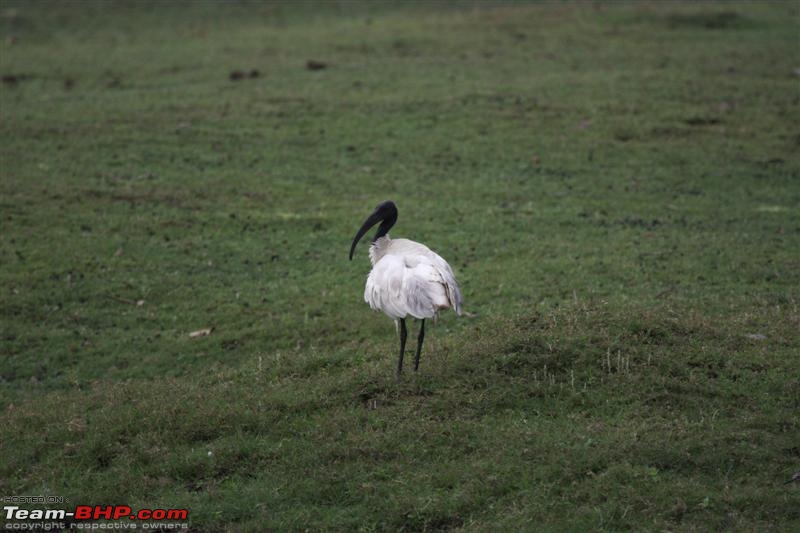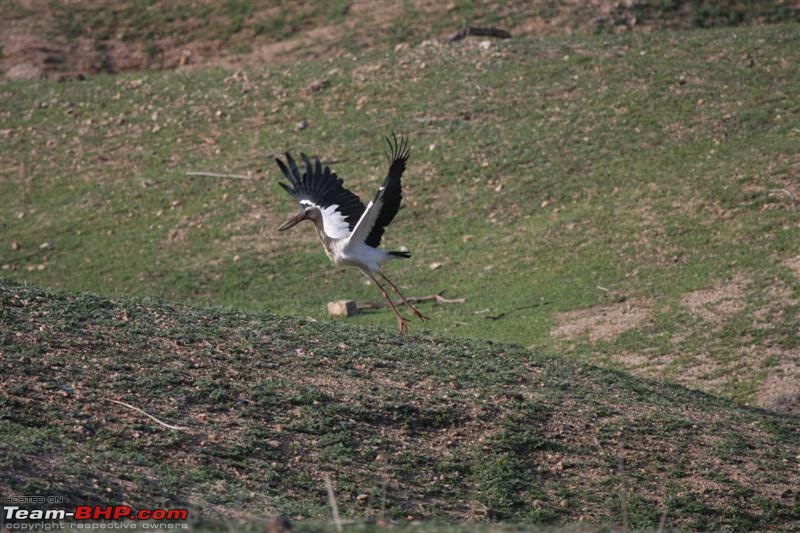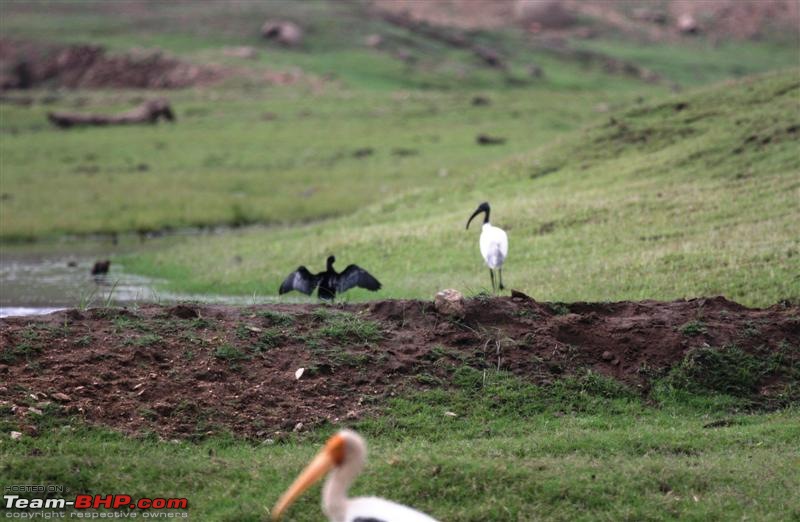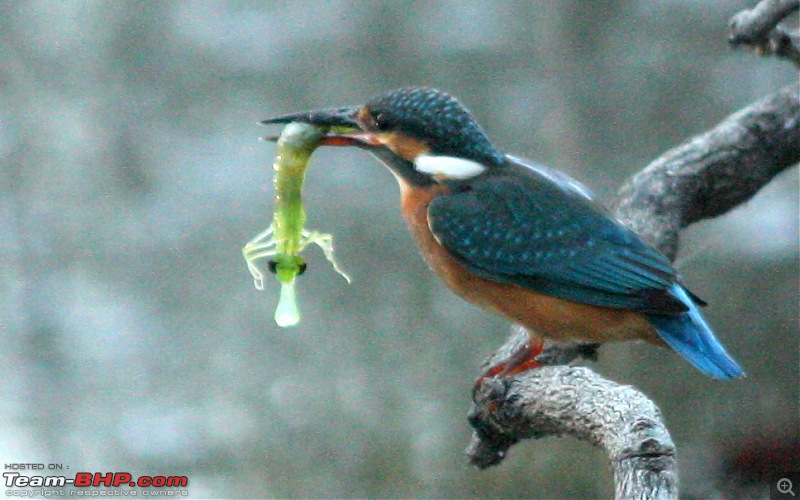| | #16 |
| BHPian | |
| |  (1)
Thanks (1)
Thanks
|
| |
| | #17 |
| BHPian | |
| |  (2)
Thanks (2)
Thanks
|
| | #18 |
| Senior - BHPian Join Date: Apr 2010 Location: Palakkad/Coimbatore
Posts: 1,226
Thanked: 1,079 Times
| |
| |
| | #19 |
| BHPian | |
| |  (3)
Thanks (3)
Thanks
|
| | #20 |
| BHPian Join Date: Mar 2010 Location: Bangalore
Posts: 324
Thanked: 47 Times
| |
| |  (1)
Thanks (1)
Thanks
|
| | #21 |
| BANNED Join Date: Apr 2008 Location: Bangalore
Posts: 11,368
Thanked: 23,142 Times
Infractions: 0/2 (8) | |
| |  (1)
Thanks (1)
Thanks
|
| | #22 |
| Senior - BHPian | |
| |
| | #23 |
| BHPian | |
| |  (1)
Thanks (1)
Thanks
|
| | #24 |
| Senior - BHPian | |
| |  (1)
Thanks (1)
Thanks
|
| | #25 |
| BHPian Join Date: May 2008 Location: Nagpur
Posts: 690
Thanked: 187 Times
| |
| |  (3)
Thanks (3)
Thanks
|
| | #26 |
| BHPian Join Date: May 2008 Location: Nagpur
Posts: 690
Thanked: 187 Times
| |
| |  (2)
Thanks (2)
Thanks
|
| |
| | #27 |
| Distinguished - BHPian  | |
| |
| | #28 |
| Senior - BHPian | |
| |
| | #29 |
| BHPian | |
| |
| | #30 |
| BHPian | |
| |  (1)
Thanks (1)
Thanks
|
 |
Most Viewed



